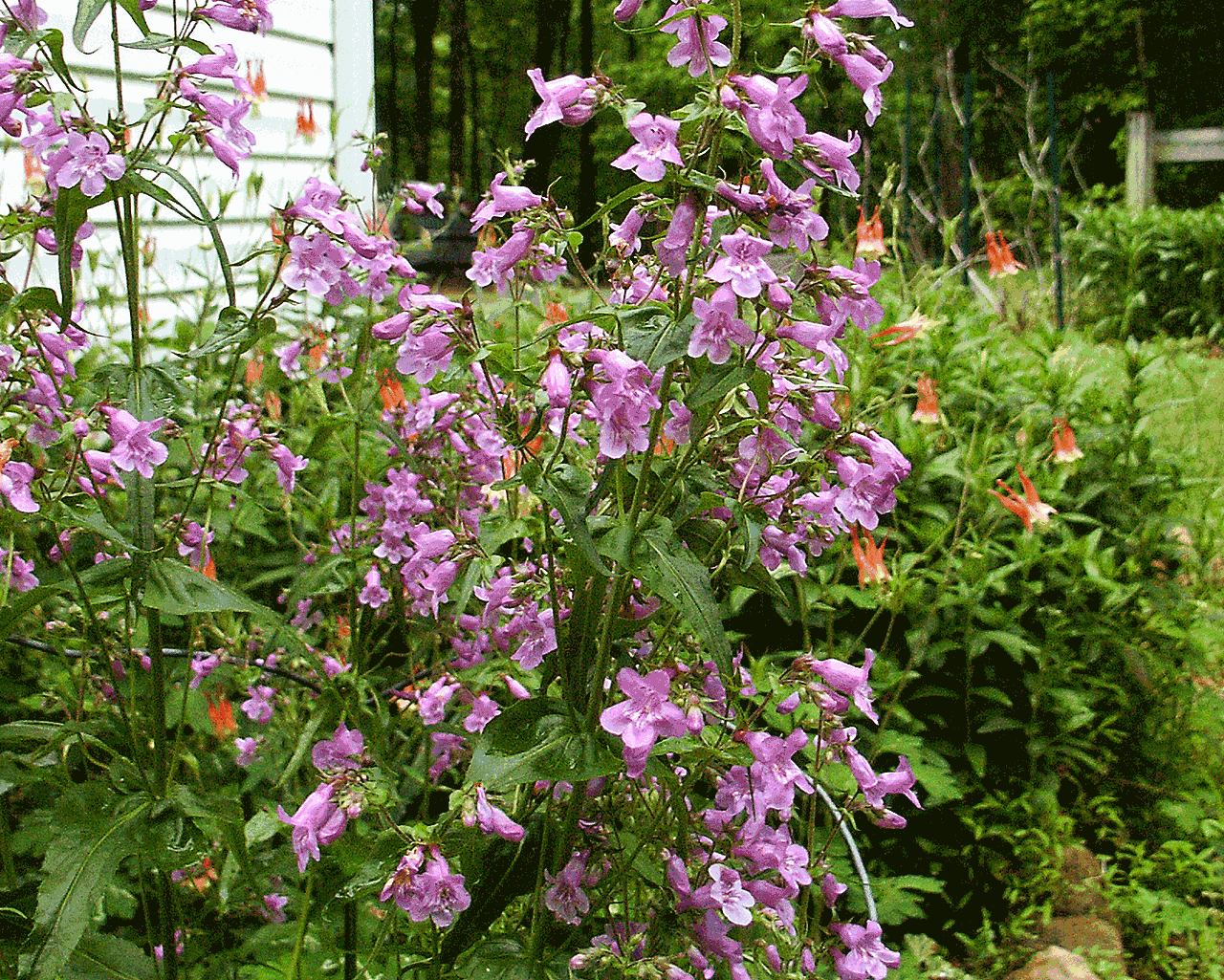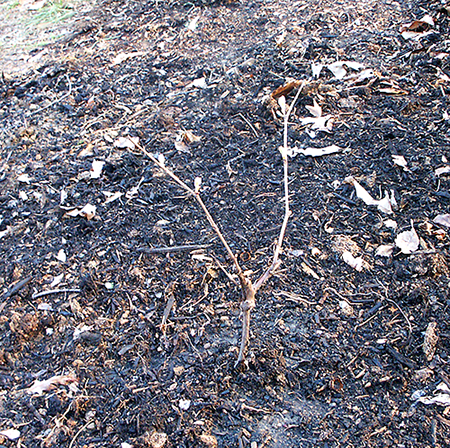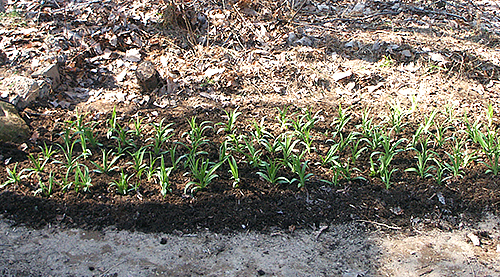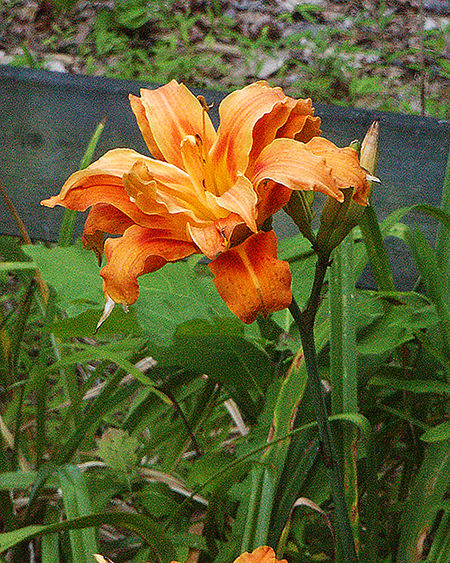Starting the vegetable gardens - and a bit of trouble with the Old Girl
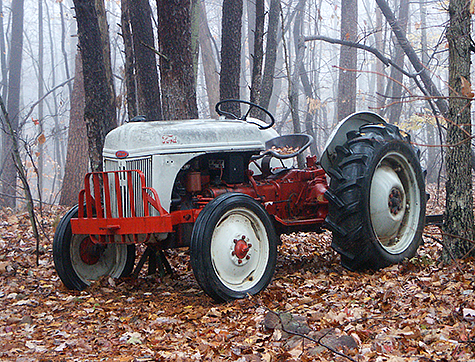 The Old Girl, A Good Friend |
When I went to start the Old Girl to prepare my veggie gardens she would not start. 8N tractors don't have a lot that can prevent them from starting; it is either the spark, the fuel, or possibly both. Before I attempted to start the old girl, I removed the spark plugs; first blowing away any trash that could fall inside of the cylinder, and gave each one a cleaning. I also cleaned the battery cables and the connections to the coil. Dad converted this front mount distributor to use a six volt tubular coil; I need to do a blog on that conversion as the front mounted coils; even the new ones, tend to have a short life span. I discovered the reason I could not start the tractor was a lack of spark. After doing several tests and removing the distributor twice, the spark returned. I think I had a loose connection between the top mounted coil (that is actually bypassed with the tubular coil, but needed to pass the voltage to the points) and the second removal of the coil re-established the connection. When I attempted to start the tractor after getting the spark back, the Old Girl started with only a second turn of the engine.
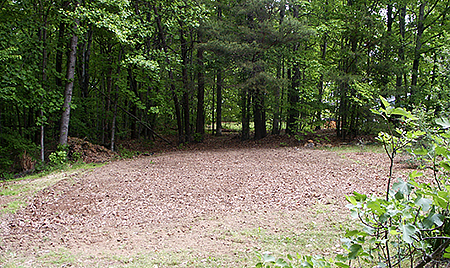 The Back Veggie Garden |
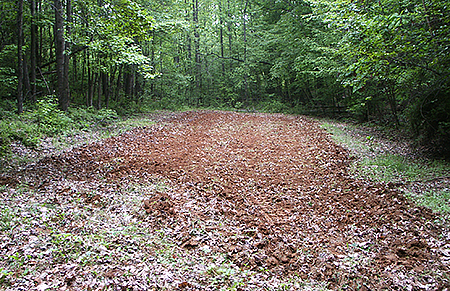 The Veggie Garden in the Little Valley |
With the Old Girl running, preparing the gardens for planting was an easy affair. Well, easy after straining to get the implements connected to the tractor. Except for the cultivator, the other implements are very heavy and it is a difficult job for me to get them attached to the tractor's three point hitch. The disc harrow is especially difficult for me to attach and I had forgotten to put a block under the front of the harrow when I unhooked it the last time I used it; which meant that I had to try and lift it up.
Today I worked between rains to get some of the garden planted because it will be too wet for the next several days. I manage to get a row of okra sowed, a row of red beets sowed, a row of yellow squash sowed, a row of green beans sowed, and a row of pumpkins sowed. The green beans and pumpkins were planted in the garden in the little valley. I also managed to replant the leeks that I had to dig up in order to prepare the back veggie garden.
